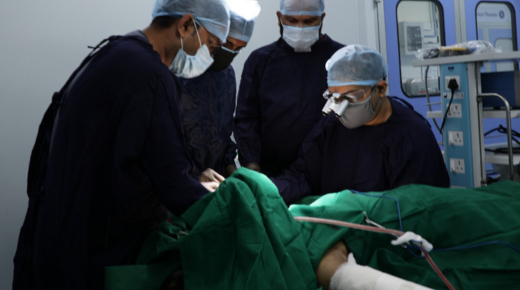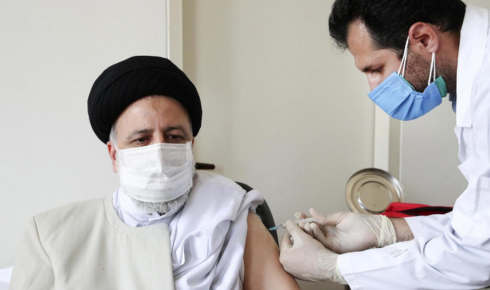
Understanding Operative Dictations in General and Vascular Surgery – 25 Key Insights
1. Introduction to Operative Dictations
Operative dictations are detailed recordings of surgical procedures performed by surgeons. These dictations are crucial for documenting the specifics of the surgery, ensuring accurate medical records, and facilitating patient care and legal protection.
2. Importance of Accurate Dictations
Accurate operative dictations provide a clear and comprehensive record of the surgery. They help ensure continuity of care, support billing and coding processes, and serve as evidence in case of legal issues.
3. Components of an Operative Dictation
An operative dictation typically includes patient identification, preoperative diagnosis, postoperative diagnosis, procedure performed, anesthesia used, surgical findings, and details of the surgical steps taken.
4. Preoperative Information
Preoperative information includes the patient’s medical history, current medications, allergies, and the reason for the surgery. This section sets the stage for understanding the context of the procedure.
5. Informed Consent Documentation
Informed consent is a critical part of the preoperative process. The dictation should confirm that the patient or their representative provided informed consent after discussing the risks, benefits, and alternatives of the procedure.
6. Description of Anesthesia
The type of anesthesia used during the surgery, whether general, regional, or local, should be documented. This includes any specific anesthetic agents administered and their dosages.
7. Detailed Surgical Steps
A step-by-step account of the surgical procedure is essential. This includes the incision, exploration, techniques used, instruments involved, and closure methods. Detailed documentation helps in assessing the procedure’s complexity and outcomes.
8. Surgical Findings
The operative dictation should detail the findings observed during the surgery. This includes any abnormalities, pathology, and the condition of the organs or tissues involved. These findings help in confirming or revising the diagnosis.
9. Complications and Management
Any intraoperative complications, such as bleeding or injury to surrounding structures, should be thoroughly documented. The steps taken to manage these complications are also crucial for a complete record.
10. Postoperative Condition
The patient’s condition immediately after the surgery, including vital signs and any immediate postoperative care, should be recorded. This information helps in monitoring recovery and planning further care.
11. Vascular Surgery Specifics
In vascular surgery, dictations should include specific details such as the location and size of blood vessels treated, types of grafts or stents used, and techniques for managing blood flow and preventing complications.
12. Documenting Angioplasty
For angioplasty procedures, the dictation should describe the site of the stenosis, the type and size of the balloon used, inflation pressures, and the final result, including any residual stenosis or complications.
13. Recording Aneurysm Repairs
In aneurysm repair, details such as the aneurysm’s location, size, type of graft used, and fixation method are essential. Any challenges encountered during the procedure should also be documented.
14. Vein Stripping and Ablation
For vein stripping or ablation, the dictation should include the veins treated, techniques used (e.g., laser or radiofrequency), and the outcome. This helps in tracking the effectiveness and potential recurrence.
15. Arteriovenous Fistula Creation
When creating an arteriovenous fistula for dialysis, the dictation should cover the chosen vessels, techniques used to create the fistula, and immediate results, ensuring a detailed record for future reference.
16. Bypass Surgery Documentation
In bypass surgery, documenting the graft material, anastomosis sites, and patency checks is crucial. This information helps in postoperative management and assessing long-term outcomes.
17. Trauma Surgery Specifics
For trauma surgeries, the dictation should include the nature of the injury, the surgical approach, techniques used to control bleeding, repair tissues, and any implants or prosthetics used.
18. Hernia Repairs
In hernia repair, the type and location of the hernia, the surgical approach (open or laparoscopic), mesh used, and fixation techniques should be detailed to ensure comprehensive documentation.
19. Gallbladder Surgery (Cholecystectomy)
For cholecystectomy, the dictation should describe the gallbladder’s condition, any stones or inflammation observed, the surgical approach, and any complications encountered during the procedure.
20. Appendectomy Details
In appendectomy, documenting the appendix’s appearance, the surgical technique (open or laparoscopic), and any complications such as perforation or abscess are important for a complete record.
21. Colorectal Surgery
For colorectal surgeries, the dictation should include the affected bowel segment, surgical technique, anastomosis method, and any findings such as tumors or inflammatory changes.
22. Breast Surgery Documentation
In breast surgeries, recording the type of procedure (lumpectomy, mastectomy), surgical approach, tissue removed, and any lymph node involvement provides a comprehensive record for ongoing care.
23. Skin and Soft Tissue Procedures
For skin and soft tissue procedures, the dictation should describe the lesion or mass removed, the surgical margins, and the closure technique to ensure a clear record for pathology and follow-up.
24. Importance of Timely Dictations
Timely completion of operative dictations ensures that accurate information is available for immediate postoperative care and reduces the risk of errors or omissions in the patient’s medical record.
25. Legal and Ethical Considerations
Operative dictations serve as legal documents, protecting both the patient and the surgeon. Ensuring accuracy, completeness, and adherence to ethical standards in dictations is crucial for maintaining professional integrity and patient trust.



